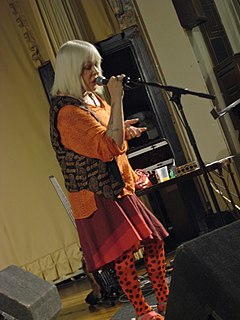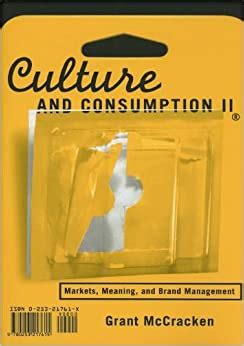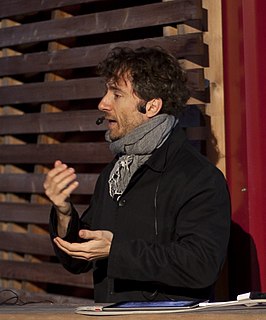A Quote by Genesis P-Orridge
We were already, in 1981, bemoaning the fact that people were using certain accessorised ideas and images that they connected with us - sort of strange buildings and neo-fascist regimes and the 'dark side' of human culture.
Related Quotes
The characters within a book were, from a certain point of view, identical on some fundamental level ? there weren't any images of them, no physical tangibility whatsoever. They were pictures in the reader's head, constructs of imagination and ideas, given shape by the writer's work and skill and the reader's imagination. Parents, of a sort.
There were studies that asked people in different cultures to draw pictures of their enemies, and the pictures all looked remarkably the same. They always had exaggerated canine teeth and a certain sort of expression. That led to speculation about whether at an earlier stage in the human experience we were hunted by some sort of carnivore.
The advertising men made it clear that there were two ways of looking at ideas in a war against fascism. Those of us who were working on the project believed ideas were to be fought for; the advertising men believed they were to be sold. The audience, those at home in wartime, were not 'citizens' or 'people.' They were 'customers.'
When color TV arrived, it just sat there and you saw color. I've been to retail stores where there were no 3-D glasses at all and the 3-D images were all blurred. People were coming in and saying, 'I don't want to buy that.' There's a lot of marketing connected to introducing technologies and especially introducing new experiences.
When color TV arrived, it just sat there and you saw color. I've been to retail stores where there were no 3-D glasses at all and the 3-D images were all blurred. People were coming in and saying, "I don't want to buy that." There's a lot of marketing connected to introducing technologies and especially introducing new experiences.



































